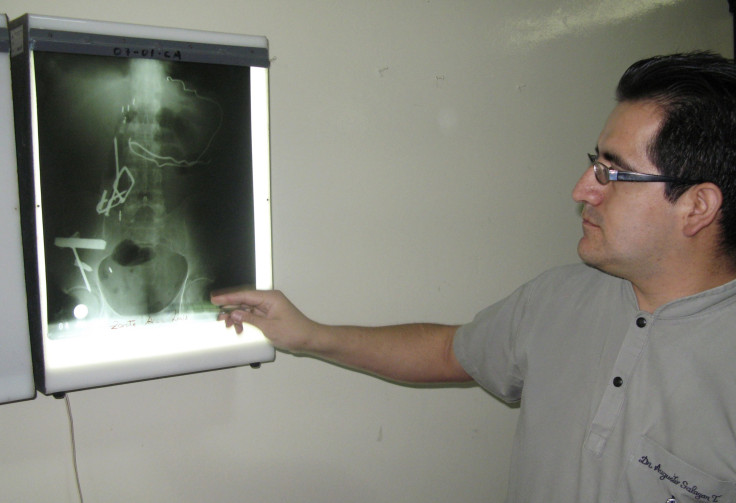Micromotors Used To Treat Stomach Infection May Lead To Oral Insulin Administration

A new research done by University of California at San Diego (UCSD) to treat bacterial infection in the stomach using micromotors might help diabetics take insulin orally in the future.
The researchers used micromotors — tiny vehicles about the width of a human hair made of biodegradable materials — to neutralize gastric acid and deliver their cargo of antibiotics at the desired pH.
As of now insulin is injected rather than administered orally as the acids in the stomach break down the hormone before it can reach the liver. This research may open up the possibilities of administering insulin orally by insulating it from being broken down in the stomach.
The experiment represents the first example of the use of micromotors to treat a bacterial infection, and was a collaboration between the research groups of nanoengineering professors Joseph Wang and Liangfang Zhang at the UCSD Jacobs School of Engineering.
Conventionally antibiotics are taken alongside secondary compounds known as proton pump inhibitors, which suppress gastric acid production. But these inhibitors can cause side effects including headaches, diarrhea and fatigue over long term usage and in high doses.
“It’s a one-step treatment with these micromotors, combining acid neutralization with therapeutic action,” said Berta Esteban-Fernández de Ávila, a postdoctoral scholar in Wang’s research group at UCSD and a co-first author of the paper, titled “Micromotor-Enabled Active Drug Delivery for In Vivo Treatment of Stomach Infection.”
The researchers also created a representative video of the micromotors in action.
Each micromotor is made of a spherical magnesium core coated with a layer of titanium dioxide; above that is a layer of antibiotic clarithromycin followed by an outer layer of chitosan, which allows the micromotors to stick to the stomach wall. This binding is enhanced by propulsion of the micromotors, which is fueled by the stomach’s own acid, which reacting with the magnesium cores generates a stream of hydrogen microbubbles that propel the motors around inside the stomach.
This reaction reduces the amount of acid in the stomach, thus increasing the pH level enough to allow the motors to release the drug for treatment.
Researchers tested the micromotors on mice infected with Helicobacter pylori, a type of bacteria that can live in the digestive system and cause stomach ulcers and sores and even lead to stomach cancer.
The micromotors were administered for five days, and worked better in treating the infection than the same dose of antibiotics administered along with proton pump inhibitors.
The micromotors haven’t been tested on humans yet but the results of the research seem promising. As researchers try to administer different drug combinations using the mechanism, additional diseases apart from the one being under scrutiny might also fall under its scope.
The research may also spread hope for non-invasive treatment of diabetes and better treatment for gastric ulcers. But it will be years before the treatment it yields replaces therapies being administered by doctors currently.
© Copyright IBTimes 2024. All rights reserved.





















